Public transport often sparks heated debates over who deserves priority seating. But one recent story struck a deeper chord — an elderly woman demanding that a young woman with a prosthetic leg give up her seat, claiming she wasn’t “disabled enough.”
The girl later shared her experience online:
“I lost my left leg in an accident and now use a prosthetic. I can walk and even run short distances, but balancing on a moving train is tough. That day, I sat in a reserved seat for disabled passengers. After a few stops, an elderly woman approached me and told me to move. I politely explained that I needed the seat too. She frowned and said I didn’t ‘look disabled.’ Then she called the conductor and demanded I be made to leave.”
Frustrated and exhausted, the young woman decided to end the argument in silence.
“I quietly rolled up my pant leg and showed my prosthetic. The woman’s face turned crimson. She muttered something under her breath and got off at the next station.”
The story quickly went viral, resonating with thousands of people who live with invisible or misunderstood disabilities.
One commenter wrote, “My husband uses crutches, but when seated, no one can tell. People have yelled at him for using disabled parking until he stands up — and then they suddenly go quiet.”
Another added, “I’ve had multiple leg surgeries and chronic pain. I don’t always use a cane, but that doesn’t mean I’m not struggling. It’s sad we have to prove our disabilities before being treated with basic respect.”
Stories like these reveal an uncomfortable truth: society often judges disability by what it can see. But compassion — the kind that doesn’t require visual proof — is what truly makes public spaces humane.



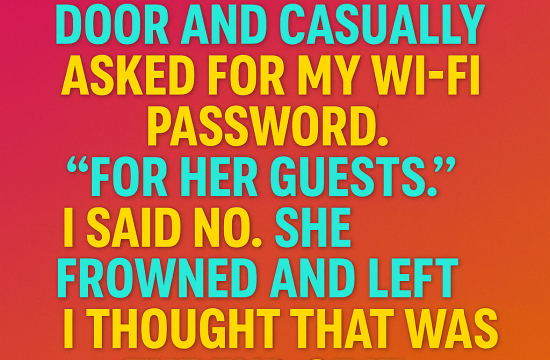

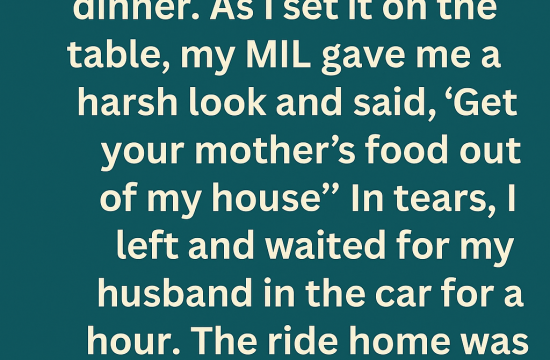
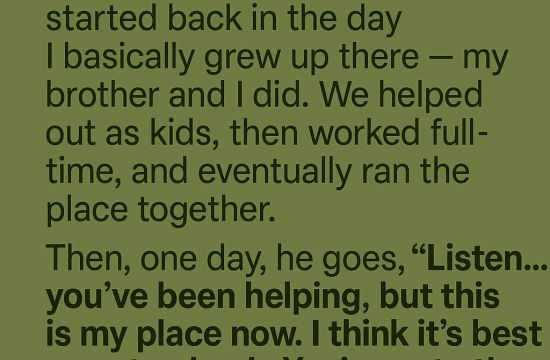

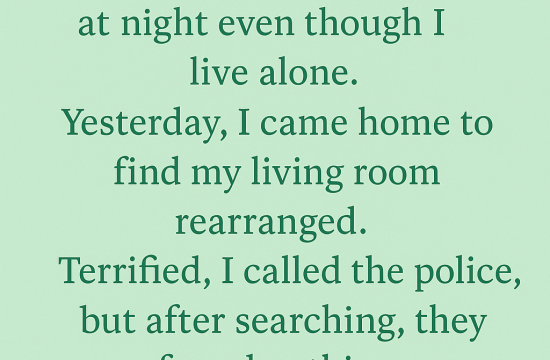

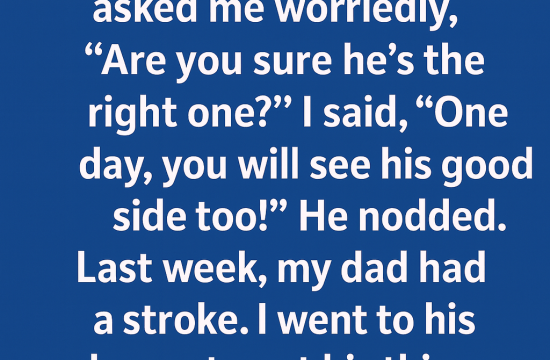

Clear, concise, and effective. Stay with bbc farsi — Persian‑language breaking news. clean player and fast startup. feature stories, live updates, analysis programs. reliable HD stream on any device.